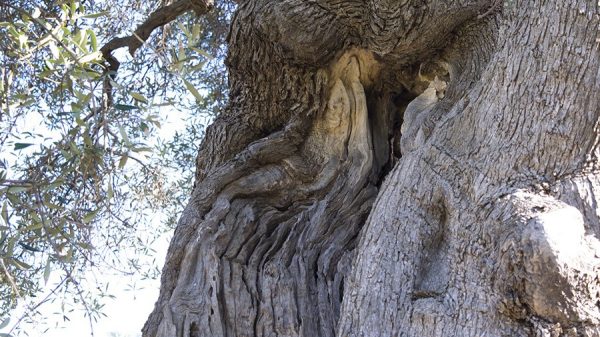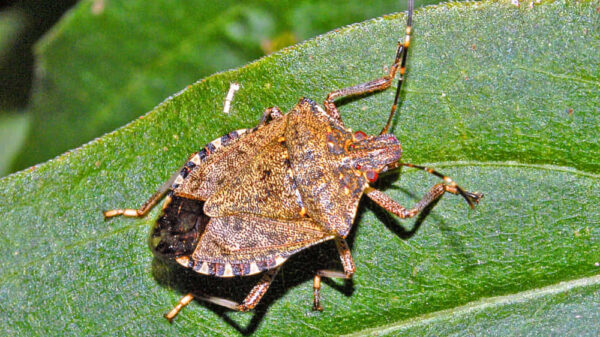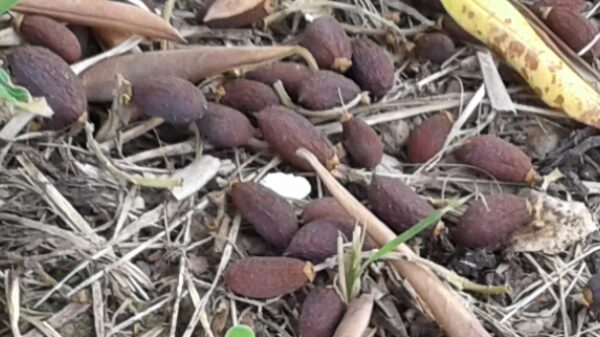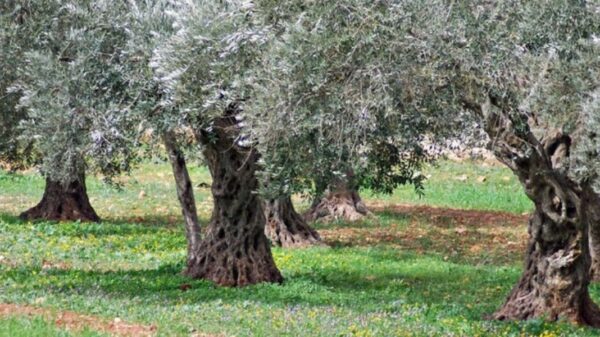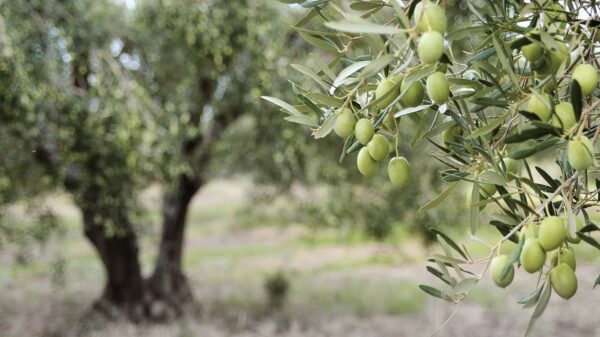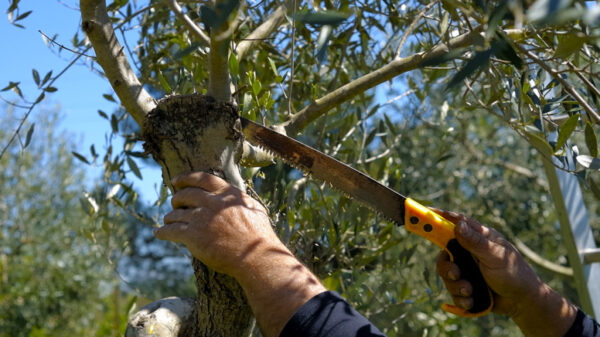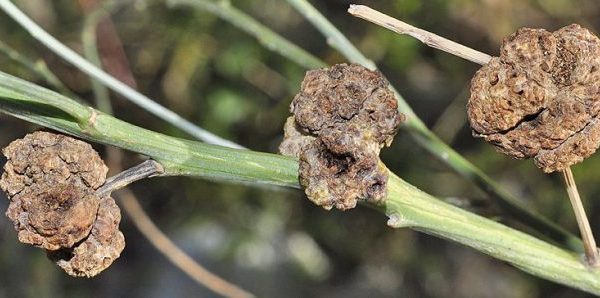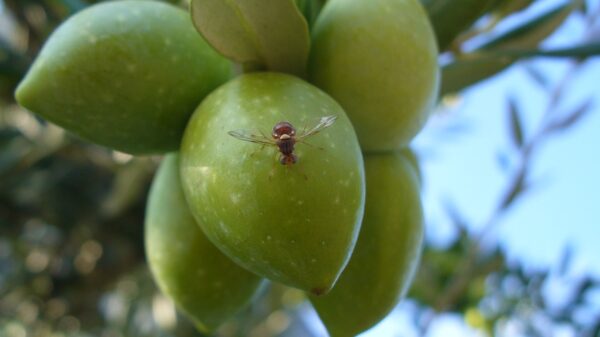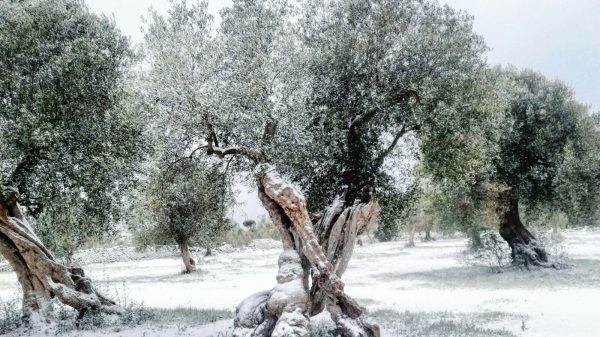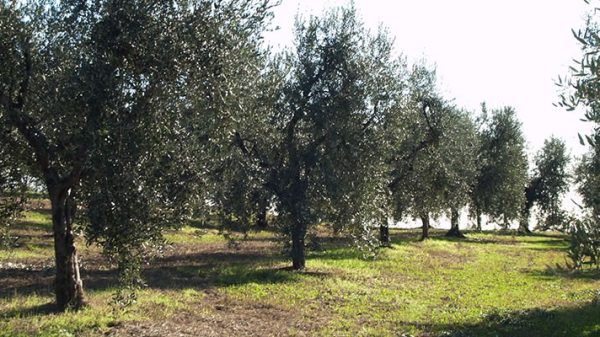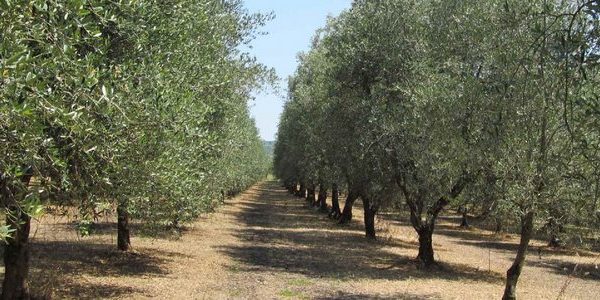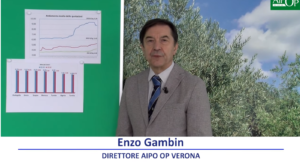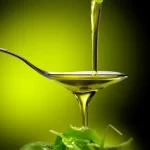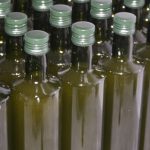The olive harvest has just begun, but it's already time to think about bringing the olives back to the land fertilizing elements, mainly Phosphorus and Potassium, removed during the production season. Operation which should be implemented as soon as possible, preferably in November, when thechlorophyll activity is still active and the root system is still functioning well, indeed in autumn it has a positive peak of functionality.
Leaves and roots thus they are able to create reserve substances, to be accumulated in the branches, in the trunk, in the roots, which will be essential for vegetative growth, as the root activity does not always follow that of the plant organs that are outside the ground.
The roots, until the soil reaches and exceeds 10°C, are not able to absorb liquid solutions, therefore they will be the reserve substances that will feed the plant in this cold period of early spring. For this reason fertilizer inputs during the winter months may not be completely beneficial. They are, however, if given during the autumn months, moments in which the plants are still active and storing elements, precisely to support the first phases of spring awakening.
In choosing accurate fertilization, in addition to taking into account the removal or consumption of nutritional elements, the knowledge of the soils and theirs availability di Phosphorus, Potassium, Boron, organic substance, without neglecting the pH levels. It is important to know the pH of the soil, because the mineral nutrients, dissolved in the circulating soil solution, are absorbed precisely based on the acidity or basicity levels of the soil itself. It follows that pH interferes with the absorption of nutritional elements.
With olive trees in production and with availability of mature manure, over ten months, they are possible every two years maximum contributions equal to approximately 80-100 kg of mature bovine manure, located per single olive tree, or a quantity of 250-300 quintals per hectare. Manure increases the organic substance of the soil, provides good quantities of nutrients such as Nitrogen, Potassium, Phosphorus, Magnesium, Calcium, Sulfur, Iron, Manganese, Zinc, Copper and Boron. Manure gradually releases micronutrients, with consequent benefits for plant growth, limits losses through leaching or run-off of nutrients, improves soil structure and water retention.
As negative effects we find that the manure increases the presence of weeds. Furthermore, suitable means for spreading are often not available, so that the distribution is not homogeneous and well connected to the ground.
In replacement it's possible to use pelleted organic fertilizers: the doses could be approx 4-6 kg per plant, to be distributed on the ground and in correspondence with the projection of the foliage, or 15 quintals per hectare, with the presence of 300 olive trees.
To this fertilization you must add:
• 45-50 kg per hectare of phosphorus, equal to 250 kg of mineral superphosphate-19;
• 90-100 kg of potassium per hectare, equal to 180-200 kg of potassium chloride-50.
Once the distribution of fertilizers is complete, they go buried with light harrowing, using disc harrows or rigid teeth, so as to incorporate them well into the soil, therefore the forward speed of the tractor or mechanical vehicle used must be slow, 3 – 5 km/h.
In autumn fertilization The addition of usual nitrogen fertilizers should be avoided, which would be useful for maintaining active photosynthetic activity, but would risk lengthening the vegetative cycle of the plant, because they would give vigor to the young branches, delaying their lignification, which could lead to damage in the event of sudden and early frosts. .
It is possible, then, use slow-release nitrogen fertilizers, so as to prolong the beneficial effect of the gradual release of nitrogen, perhaps containing substances that slow down or inhibit their nitrification, thus making them limitedly absorbable by the roots and less washable if present in the soil.
In recent years they are products containing humic acids also entered the market, suitable for improving the structure of the soil and its capacity to release fertilizing elements, containing amino acids and microelements, such as manganese, iron, molybdenum and zinc, appropriately chelated. Their effects have proven useful in helping the olive tree enter the winter rest phase, limiting possible damage from the cold, as well as supporting the bud differentiation phase. On several occasions they have been placed on the market as biostimulants, in as they act differently than fertilizers, not basing their action on the supply of nutritional elements while acting as activators of microbial and vegetal metabolism.
AIPO Director
Interregional Association
Olive producers

